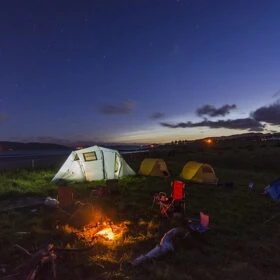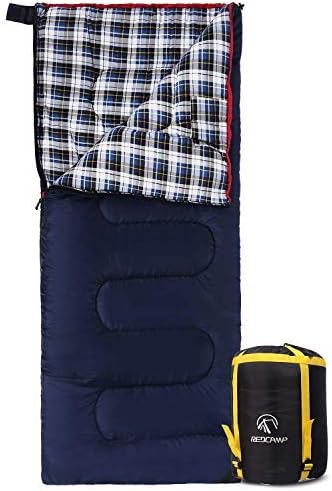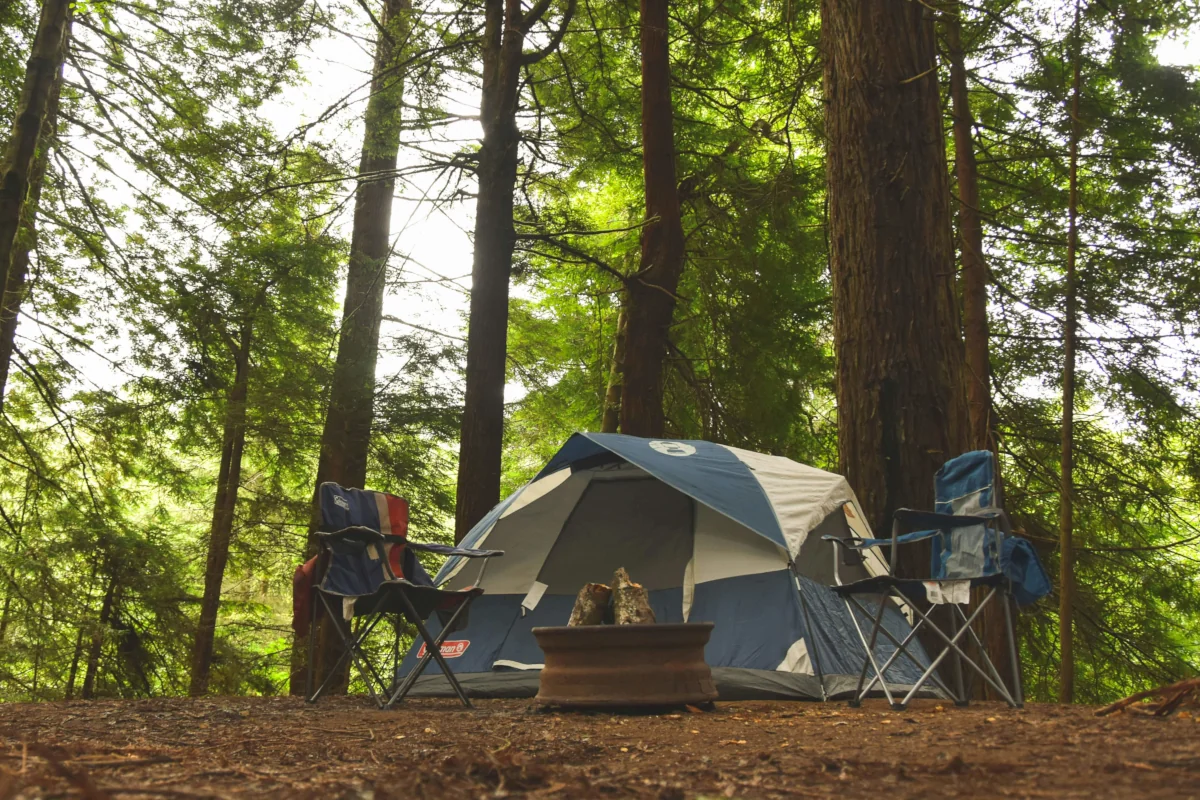
Introduction
Camping is a cherished activity for many outdoor enthusiasts, offering a chance to disconnect from the hustle and bustle of everyday life and reconnect with nature. Whether you are a seasoned camper or a novice, having the right gear and knowledge of the area you are planning on going to, is crucial for a successful and enjoyable experience.
This comprehensive guide covers everything you need to know about camping essentials, from the best gear to expert tips, ensuring you are well-prepared for your next adventure.
Camping Gear Essentials
Tents
A reliable tent is the cornerstone of a comfortable camping trip. The type of tent you choose will depend on your camping style, the number of people, and the expected weather conditions.
Luxury Camping Tents: For those who want to blend comfort with adventure, luxury tents are a must-have. These tents offer spacious interiors, robust weather resistance, and often come with additional features like porches or multiple rooms. Explore our recommendations on luxury camping tents.
Best Camping Beds: A good night’s sleep is essential for an enjoyable camping experience. Ensure you have a comfortable sleeping arrangement by checking out our top picks for camping beds.
Sleeping Bags
Sleeping bags come in various shapes, sizes, and insulation types. When choosing a sleeping bag, consider the season and the temperatures in which you will be camping. Mummy bags are great for wintry weather, while rectangular bags offer more space and comfort in milder conditions.
Camping Chairs
Camping chairs are a luxury that provides comfort while sitting around the campfire. Look for chairs that are lightweight, durable, and easy to set up. Our guide to the best outdoor camping chairs will help you find the perfect one for your needs.
Outdoor Clothing
Proper clothing is crucial for comfort and safety while camping. Layering is key to adjusting to changing weather conditions. Here is what you need:
- Base Layer: A moisture-wicking base layer helps keep sweat away from your skin, keeping you dry and comfortable.
- Insulating Layer: An insulating layer, like a fleece or down jacket, traps heat to keep you warm.
- Outer Layer: The outer layer protects you from wind, rain, and snow. Look for waterproof and windproof jackets and pants.
- Footwear: Good quality, waterproof hiking boots are essential for protecting your feet and providing support on uneven terrain. For more detailed advice, read our guide to choosing the best outdoor clothing.
Lighting Solutions
Proper lighting is essential for safety and convenience during your camping adventures. There are several types of lighting to consider:
Headlamps: Headlamps are a must-have for hands-free lighting. Look for models with adjustable brightness and a red-light mode to preserve night vision.
Lanterns: Lanterns are great for lighting up larger areas like your campsite or tent. Some models are rechargeable, while others use disposable batteries.
Flashlights: A good flashlight is handy for focused lighting. Choose one that is waterproof and durable. Explore the best options in our definitive guide to camping lights.
Food and Cooking
Cooking in the great outdoors can be a delightful experience if you have the right gear and plan well ahead. Here are a few essentials you will need:
Portable Stove: A portable stove allows you to cook meals quickly and efficiently. Choose one that is lightweight and easy to set up.
Cookware: Invest in a set of lightweight, durable cookware designed for camping. Non-stick surfaces make cooking and cleaning easier.
Food Storage: Proper food storage is crucial for keeping your food fresh and safe from wildlife. Use bear-proof containers or hang your food from a tree if you are in a bear country.
Safety and First Aid
Safety should always be a priority when camping. Here are some essential items and tips to ensure you are prepared for any situation:
First Aid Kit: A well-stocked first aid kit is a must-have. It should include bandages, antiseptic wipes, tweezers, pain relievers, and any personal medications.
Navigation Tools: Always carry a map and compass and know how to use them. A GPS device or smartphone with offline maps can also be helpful.
Emergency Shelter: An emergency shelter, like a bivy sack or space blanket, can provide protection if you get caught in harsh weather.
Camping Tips and Tricks
Maximise your camping experience with these expert tips and tricks:
Campsite Selection: Choose a flat, dry area for your campsite, away from potential hazards like falling branches or flooding.
Leave No Trace: Practice Leave No Trace principles to protect the environment. Pack out all rubbish, minimise campfire impact, and respect wildlife.
Weather Preparation: Always check the weather forecast before your trip and pack accordingly. Be prepared for sudden changes in weather conditions.
Fire Safety: Keep campfires small and manageable. Always have water and a shovel nearby to extinguish the fire completely before leaving.
For more in-depth advice, check out our guide to the ultimate camping adventure in Europe.
You may also find these articles interesting:
- Luxury Camping Tents: Why a Luxury Camping Tent is a Must-Have?
- Best Camping Beds: 10 Best Camping Beds for Your Outdoor Adventure here.
- Camping Lights: The Best Camping Lights: A Definitive Guide to Brighten Up Your Nights
- Outdoor Clothing: The Ultimate Guide To Choosing The Best Outdoor Clothing: Unleash Your Adventurous Side
- Camping Adventure in Europe: Embark on The Ultimate Camping Adventure in Europe
We hope you make the most of your camping experience. Happy camping!
Frequently Asked Questions:
Start with a local camping trip, practice setting up your tent at home, pack light but do not forget essentials, and familiarise yourself with the campsite layout. For beginner tips, check out Wildland Trekking’s Beginner Advice.
Consider factors like the site’s proximity to water, shade availability, and level ground. It is also important to check for any regulations or reservations required. Learn more from Reserve America’s Guide to Choosing a Campsite
Essential items include a tent, sleeping bag, sleeping pad, cooking supplies, food, water, first aid kit, clothing suitable for the weather, a flashlight, and toiletries. For a detailed packing list, refer to REI’s Camping Checklist.
Non-perishable foods such as canned goods, pasta, rice, and trail mix are great options. Also, consider easy-to-cook meals and snacks like granola bars and jerky. For more ideas, check REI’s Guide on Camping Food.
Always inform someone of your camping location and expected return. Pack a first aid kit, know the local wildlife, and store food securely to avoid attracting animals. For detailed safety tips, visit Wildland Trekking’s Safety Tips.
Common methods include boiling, using chemical tablets, or portable water filters. Learn more about water purification methods from PURSURVIVE.
Wear well-fitted hiking boots, use moisture-wicking socks, and keep your feet dry. For more tips on preventing blisters, check out this article from Clever Hiker.
The principles include planning ahead, travelling and camping on durable surfaces, disposing of waste properly, leaving what you find, minimising campfire impacts, respecting wildlife, and being considerate of other visitors. For a comprehensive guide, refer to Leave No Trace Center.
Affiliate Declaration:
The use of affiliate links on this website may result in earning a small commission for any purchases made, at no additional cost to you (the user). Please review our privacy and cookie policy, as well as our affiliate disclaimer.





